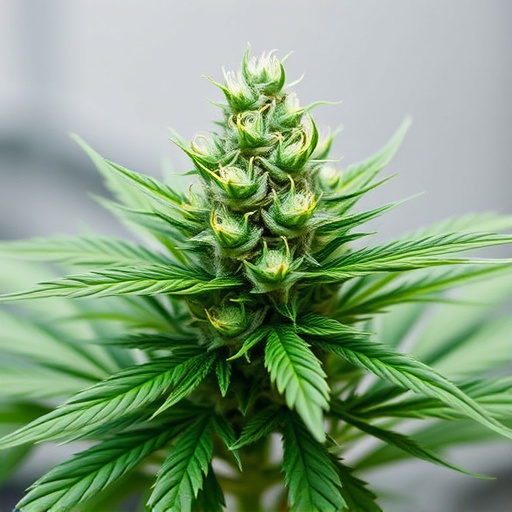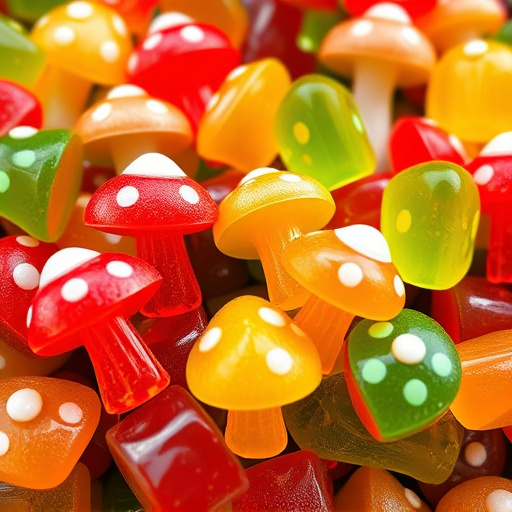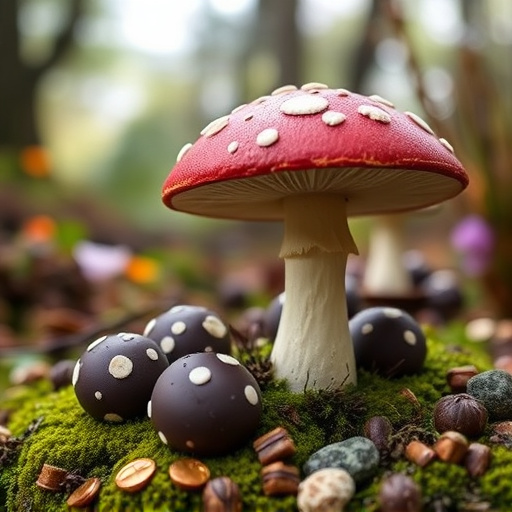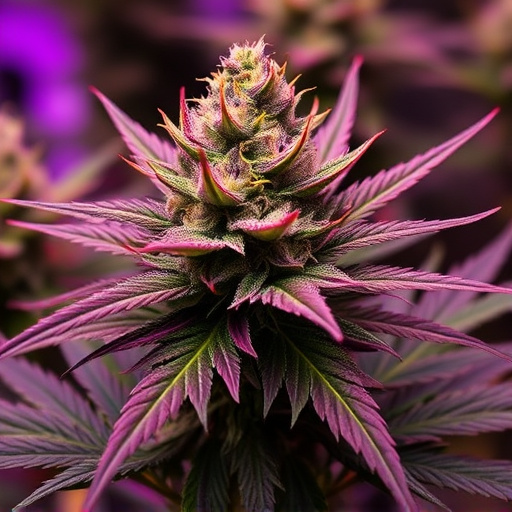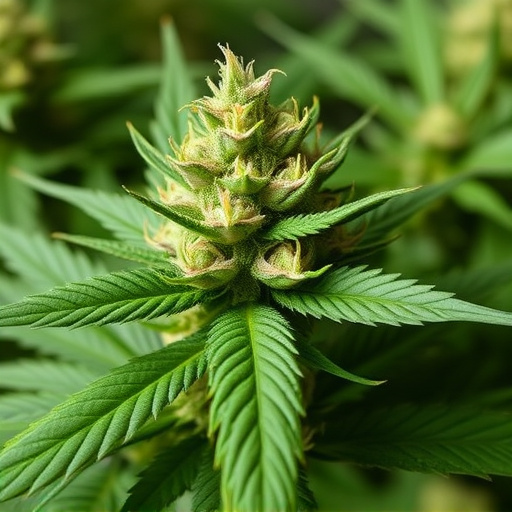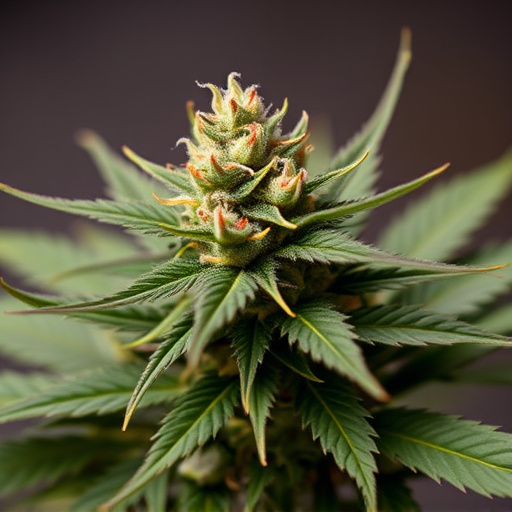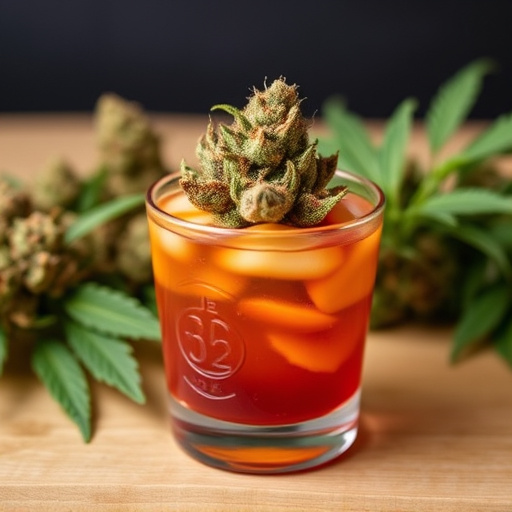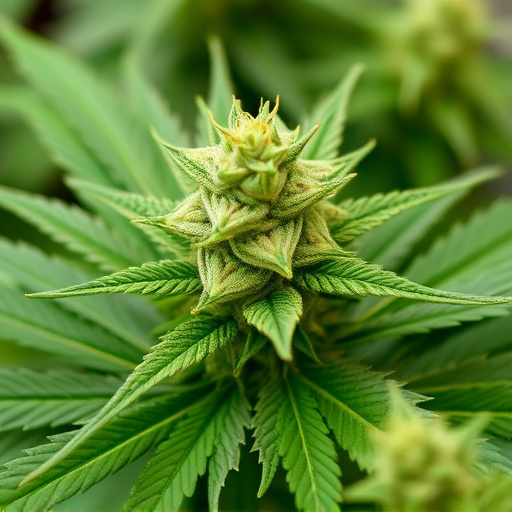Genetics and temperature are key factors in determining the diversity and quality of cannabis strains, especially regarding the best tasting cannabis strains. The unique genetic makeup of each strain influences its visual traits, flavor profile, and terpene composition. Breeders exploit these genetics to create hybrids with diverse flavors, from fruity and floral to earthy and spicy. Temperature control during growth is crucial; optimal conditions (65-80°F) ensure nutrient absorption, impact terpene profiles, and enhance overall flavor, ultimately making a strain more desirable. Understanding these science-backed factors helps cultivators produce top-quality best tasting cannabis strains.
Unravel the fascinating interplay between genetics and temperature, and their profound impact on cannabis appearance and flavor. This article explores how these factors shape the visual characteristics and sensory profile of various cannabis strains. Delve into the science behind cultivating not just aesthetically pleasing bud, but also the best-tasting cannabis strains, offering insights for both cultivators and enthusiasts alike. Discover how genetic diversity and temperature control contribute to creating unique and desirable cannabis experiences.
- The Role of Genetics in Cannabis Strain Appearance and Flavor
- Temperature's Impact on Cannabis Growth and Visual Characteristics
- Understanding the Science Behind Best Tasting Cannabis Strains
The Role of Genetics in Cannabis Strain Appearance and Flavor
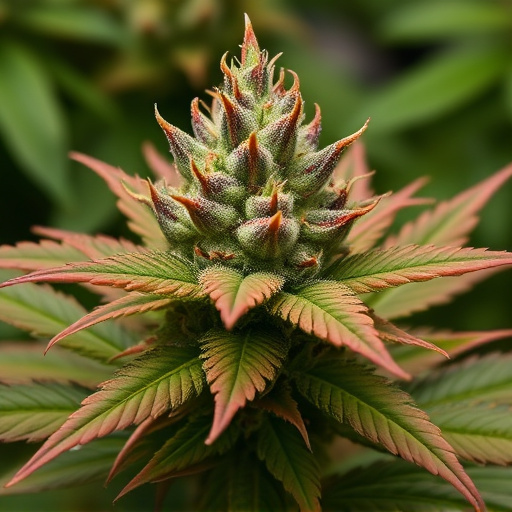
Genetics play a pivotal role in shaping the appearance and flavor profile of cannabis strains, making them diverse and appealing to various consumers. Each strain possesses a unique genetic makeup that dictates characteristics such as plant structure, leaf color, and resin production. These genetic factors significantly contribute to the overall aesthetic appeal and sensory experience associated with different cannabis varieties.
The best-tasting cannabis strains often owe their superior flavors to specific genetic traits. Certain cultivars have been cultivated and bred for their desirable aromatic compounds and taste notes, ranging from fruity and floral to earthy and spicy profiles. By understanding the genetic basis of these traits, breeders can create hybridizations that enhance flavor, making them sought after by connoisseurs looking for the most delightful cannabis experiences.
Temperature's Impact on Cannabis Growth and Visual Characteristics
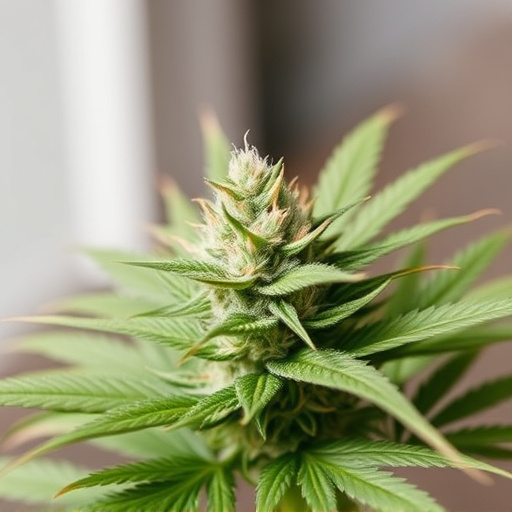
Cannabis plants, like many others, are highly sensitive to temperature fluctuations during their growth phase. Optimal temperatures enhance their ability to absorb essential nutrients from the soil and surroundings, which significantly impacts their overall health and development. Typically, cannabis thrives within a narrow range of 65–80°F (18–27°C), with slight variations acceptable for specific strains known for their best tasting cannabis strains qualities. Temperatures above or below this range can stress the plants, leading to alterations in growth patterns and visual characteristics.
For instance, extreme heat might cause cannabis plants to stretch and grow taller, seeking shade from the sun’s intense rays. This physiological response can impact the density of the final product. Conversely, cold temperatures can slow down growth and influence the plant’s natural defense mechanisms, potentially altering terpene profiles and flavor, which are key factors in determining a strain’s best tasting cannabis strains attributes. Understanding these temperature-growth relationships is crucial for cultivators aiming to produce high-quality cannabis with desirable visual appeal and sought-after sensory properties.
Understanding the Science Behind Best Tasting Cannabis Strains
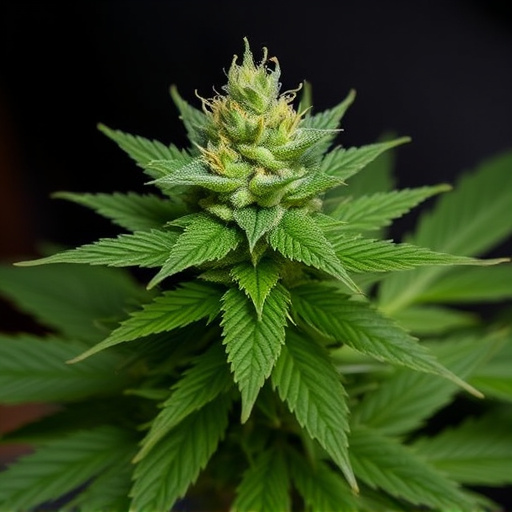
Understanding the science behind the best tasting cannabis strains involves delving into genetics and environmental factors, particularly temperature. Each strain has a unique combination of terpenes, which are aromatic compounds that not only give cannabis its distinct flavor profiles but also play a role in its medicinal properties. Terpenes like myrcene, limonene, and pinene are known to influence taste and can be enhanced or diminished based on environmental conditions.
Temperature is another critical variable. Cannabis plants grown at optimal temperatures tend to produce more potent and flavorful flowers. For instance, cooler temperatures can increase the production of certain terpenes, such as myrcene, which is often associated with earthy and musky flavors. Conversely, warmer temperatures might favor the growth of limonene, contributing to citrusy notes. By understanding these scientific principles, cultivators can tailor their growing conditions to produce the best tasting cannabis strains.
Genetics and temperature play pivotal roles in shaping the appearance and flavor of cannabis strains, ultimately impacting the overall experience for consumers seeking the best tasting cannabis. By understanding these factors, cultivators can optimize their growing conditions to produce superior, desirable varieties. This scientific approach ensures that the cannabis landscape offers a diverse array of high-quality strains catering to a wide range of preferences.
